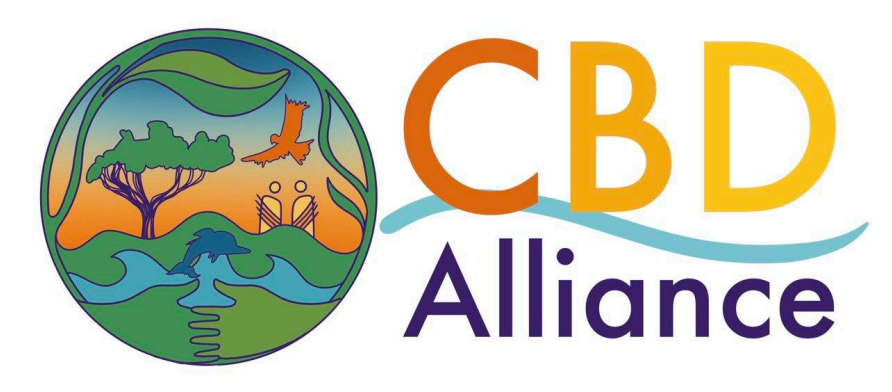But why keep promoting NbS as a solution in international policy processes? Why are states not rather focusing efforts on addressing the direct drivers of biodiversity destruction?
In 2020, IUCN launched the “Global Standard for NbS,” which combines the language of conservation with development and climate action, positioning NbS as a bridge concept. Nevertheless, this approach exposes conflicting notions, since the political and economic transformations needed to halt biodiversity loss will not be achieved by combining an unlimited economic growth and development model with “conservation”.
Human rights, gender and NbS
Attempts to integrate a human rights-based approach and include safeguards within the implementation of NbS poses a contradiction, considering how easily the concept has been co-opted and abused by corporations. “Respecting and protecting human rights” and “securing Free, Prior and Informed Consent (FPIC) of Indigenous Peoples and local communities” are last on the list of priorities of extractive industries; they are simply interested in offsetting as a tool to greenwash the environmental harms.
Several cases in Colombia—such as Chevron’s El Quimbo and Sogamoso hydropower projects, its REDD+ Conservation Project, and the MAVALLE Forest Project—illustrate how so-called “Nature-based Solutions” can cause serious harm to Indigenous peoples, local communities, women, and youth. Most of Chevron’s carbon offsets are sourced from these projects. More than 16,000 people from local communities have been affected after the implementation of the Sogamoso Hydropower Project, with 1000 being forced to relocate. Threats, disappearances, and even killings have been reported and associated with opposition to the dam3.
IUCN standard criteria related to “inclusive governance” was clearly not respected. “Mutual respect and equality, regardless of gender”, and upholding the right of Indigenous Peoples to FPIC, two of the other considerations of the IUCN standard criteria, were clearly not priorities either. This is just one example but it is far from the exception.
NbS must not continue to be promoted as a ‘silver bullet’ solution to achieve the goals of the KM-GBF and the Paris Agreement. Parties should focus their time and resources on urgently needed systemic change.
(1) https://www.cell.com/trends/ecology-evolution/abstract/S0169-5347(15)00…, https://www.boell.de/en/2024/01/24/nature-based-solutions-trap, https://corporateaccountability.org/resources/chevrons-junk-agenda-repo…
